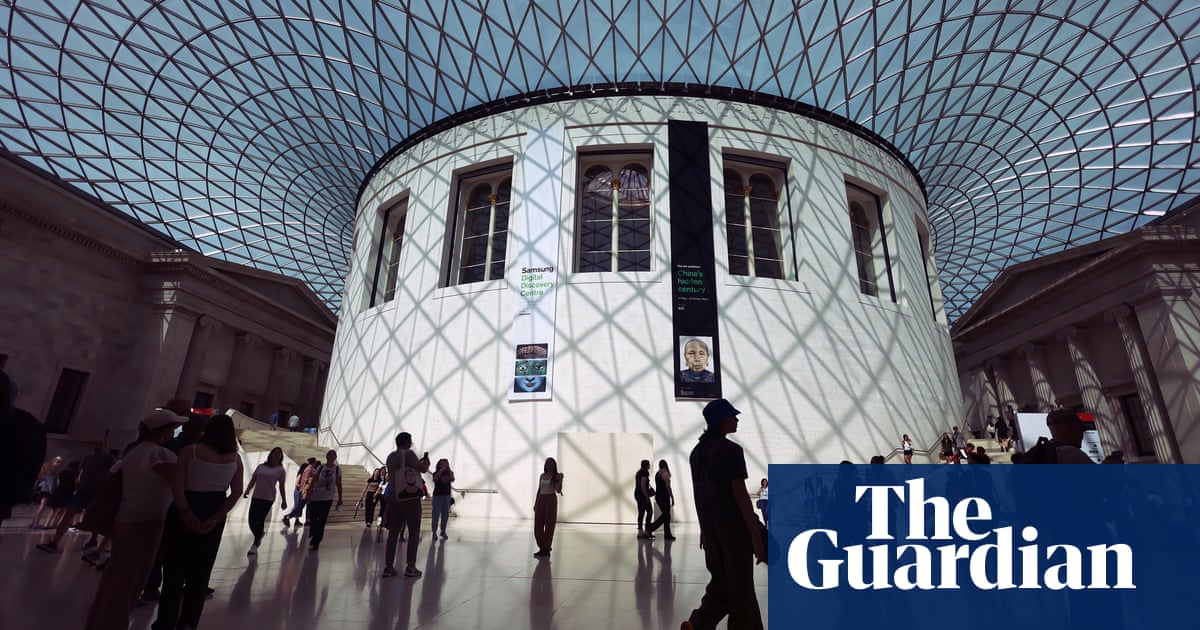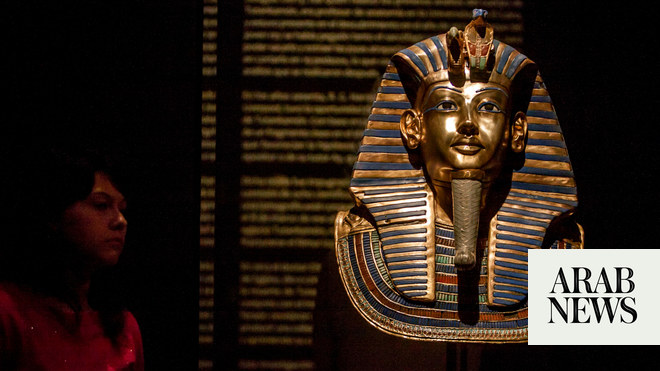
A bronze disc inlaid with gold symbols and two gold cone-shaped hats decorated with solar motifs are among objects from the Stonehenge era that will go on show for the first time in the UK at a landmark exhibition at the British Museum.
The objects are among more than 250 being loaned to the nation’s flagship museum by institutions in six European countries and across the UK. In total, more than 430 objects will be on display at the British Museum’s first ever big exhibition on the story of Stonehenge, which opens in February.
The aim is to set the stone monument – built 4,500 years ago, and one of the most recognisable sights in Europe – into the context of an era during which there was huge social and technological change.
“Most people know the monument, but they don’t know the people and they don’t know the time of Stonehenge. We’re going to unravel and contextualise the monument,” said Neil Wilkin, the curator of The World of Stonehenge.
“Many of the objects are either new discoveries from the landscape around Stonehenge or objects from across Britain and Europe. Some have never been to Britain before.”
The 3,600-year-old Nebra sky disc is being loaned from the Halle museum in Germany. Discovered by treasure hunters in 1999, it has a blue-green patina and its gold symbols are believed to represent the sun, moon and stars.
“It is the earliest concrete depiction of the cosmos in the world, and an amazing object to behold. It encodes key astronomical information,” said Wilkin.
A gold hat, being loaned from a museum in Speyer, Germany, is “a magical object” covered in solar symbols. Another hat, the Avanton gold cone, will come from a museum near Paris.
“Some people have argued that they represent calendars of the cosmos, but others have suggested that just the act of wearing them would have given their bearer a certain status as a sun priest or priestess,” said Wilkin.
At the exhibition’s centre is the loan of a 4,000-year-old timber monument, called Stonehenge of the sea or Seahenge, which re-emerged on a Norfolk beach in 1998 because of shifting sands, which had preserved it.
Consisting of a large, upturned tree stump surrounded by 54 oak posts in a 6.6-metre-diameter circle, it has partially been displayed at the Lynn Museum in Norfolk. At the British Museum, many timber posts will be on show for the first time.
“It’s an incredibly important record of the importance not just of stone but of wood to people’s understanding and belief,” Wilkin said. “We can’t bring Stonehenge to the exhibition, but we can bring a monument that’s arguably as important.
“When we asked the museum to lend it to us, I was expecting them to say no because it’s so fragile and so precious.”
People tended to think of Stonehenge as “quintessentially British, but actually this was a world of interconnection and interconnectivity right across Europe. What we show is that you can’t understand Stonehenge without understanding its European setting,” Wilkin said.
Hartwig Fischer, the director of the British Museum, said the exhibition would be a “landmark show that sets the great monument [of Stonehenge] in the context of one of the most remarkable eras which saw huge social and technological revolutions alongside fundamental changes in people’s relationship with the sky, land and one another”.












